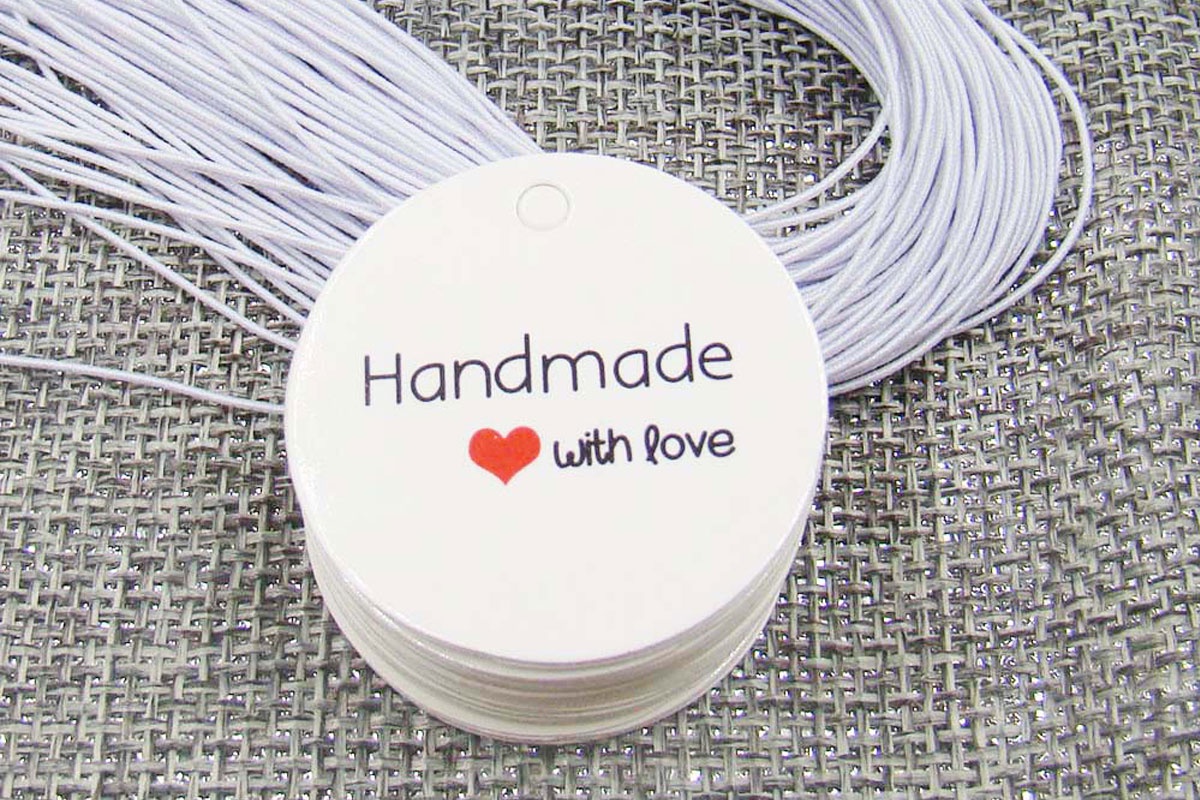As sustainability becomes an increasingly important concern in the fashion industry, brands are actively seeking ways to reduce their environmental impact. While clothing hang tags may seem like small accessories, they have the potential to make a significant difference when it comes to sustainability.
In this detailed blog post, we will explore the importance of sustainable clothing hang tags and how they contribute to creating a more eco-friendly fashion industry.
-
The Environmental Impact of Traditional Hang Tags:
Traditional hang tags, often made from non-recyclable materials, contribute to the industry's waste and pollution problems. The production and disposal of these hang tags have several negative environmental implications:
a. Deforestation: Many traditional hang tags are made from paper derived from virgin forests, contributing to deforestation and habitat destruction.
b. Chemical Pollution: The production process of traditional hang tags often involves the use of toxic chemicals, such as dyes and bleaches, which can harm ecosystems and water sources.
c. Landfill Waste: Non-recyclable hang tags end up in landfills, where they contribute to the growing problem of textile waste.
-
The Benefits of Sustainable Hang Tags:
Sustainable clothing hang tags offer numerous benefits for both brands and the environment. Here are some key advantages:
a. Reduced Carbon Footprint: Sustainable hang tags are often made from recycled or upcycled materials, which require fewer resources and energy to produce. By using these materials, brands can significantly reduce their carbon footprint.
b. Conservation of Resources: Opting for sustainable materials like recycled paper, organic cotton, or plant-based alternatives reduces the demand for virgin resources, conserving forests, water, and energy.
c. Brand Alignment with Sustainability Values: By incorporating sustainable hang tags, brands can demonstrate their commitment to environmental responsibility, attracting eco-conscious consumers who prioritize sustainable fashion choices.
-
Sustainable Hang Tag Materials:
There are various eco-friendly materials that can be used for designing sustainable hang tags. Consider the following options:
a. Recycled Paper: Choose hang tags made from post-consumer recycled paper. Look for certifications like Forest Stewardship Council (FSC) or Recycled Content (RC) labels to ensure the paper's sustainability.
b. Organic or Plant-Based Fibers: Explore hang tags made from organic cotton, hemp, bamboo, or other plant-based fibers. These materials are renewable, biodegradable, and have a lower environmental impact compared to synthetic options.
c. Alternative Materials: Think outside the box and consider innovative alternatives like recycled plastic, upcycled fabrics, or even seed paper that can be planted to grow into plants.
-
Eco-Friendly Printing and Finishing Techniques:
To enhance the sustainability of hang tags, pay attention to printing and finishing techniques. Consider the following practices:
a. Water-Based Inks: Use water-based or soy-based inks for printing, which have fewer harmful chemicals and reduce air and water pollution.
b. Minimalist Design: Embrace minimalist design principles to reduce ink usage and waste. Focus on essential information and utilize negative space to create an aesthetically pleasing design.
c. Natural or Low-Impact Finishes: Opt for natural or low-impact finishes like vegetable-based dyes or natural coatings, which minimize the use of harmful chemicals.
-
Utilizing Sustainable Hang Tag Features:
Sustainable hang tags can serve a dual purpose by incorporating features that promote sustainability and engage customers:
a. Education on Sustainable Practices: Use hang tags to educate customers about sustainable practices, such as care instructions to extend the garment's lifespan or information on eco-friendly manufacturing processes.
b. QR Codes for Sustainability Information: Include QR codes on hang tags that lead customers to detailed information about the brand's sustainability initiatives, materials used, or certifications obtained.
c. Promoting Circular Fashion: Incorporate messaging that encourages customers to recycle or upcycle the hang tag after purchase. Provide information on textile recycling programs or creative DIY ideas to repurpose the hang tag.
-
Collaborations and Transparency:
Collaborating with sustainable hang tag suppliers and manufacturers is essential for ensuring transparency and maintaining the integrity of your sustainable initiatives. Work with suppliers who share your commitment to sustainability, and ensure they adhere to responsible manufacturing practices.
Conclusion:
Sustainable clothing hang tags au offer a practical and impactful way for fashion brands to reduce their environmental footprint and contribute to a more sustainable industry. By opting for recycled or organic materials, utilizing eco-friendly printing techniques, and incorporating sustainable features, brands can make a significant difference in their overall sustainability efforts. Sustainable hang tags not only align with eco-conscious consumer values but also serve as a visual representation of a brand's commitment to environmental responsibility. Let's embrace the potential of sustainable hang tags and work towards creating a more sustainable and responsible fashion industry.


No comments yet